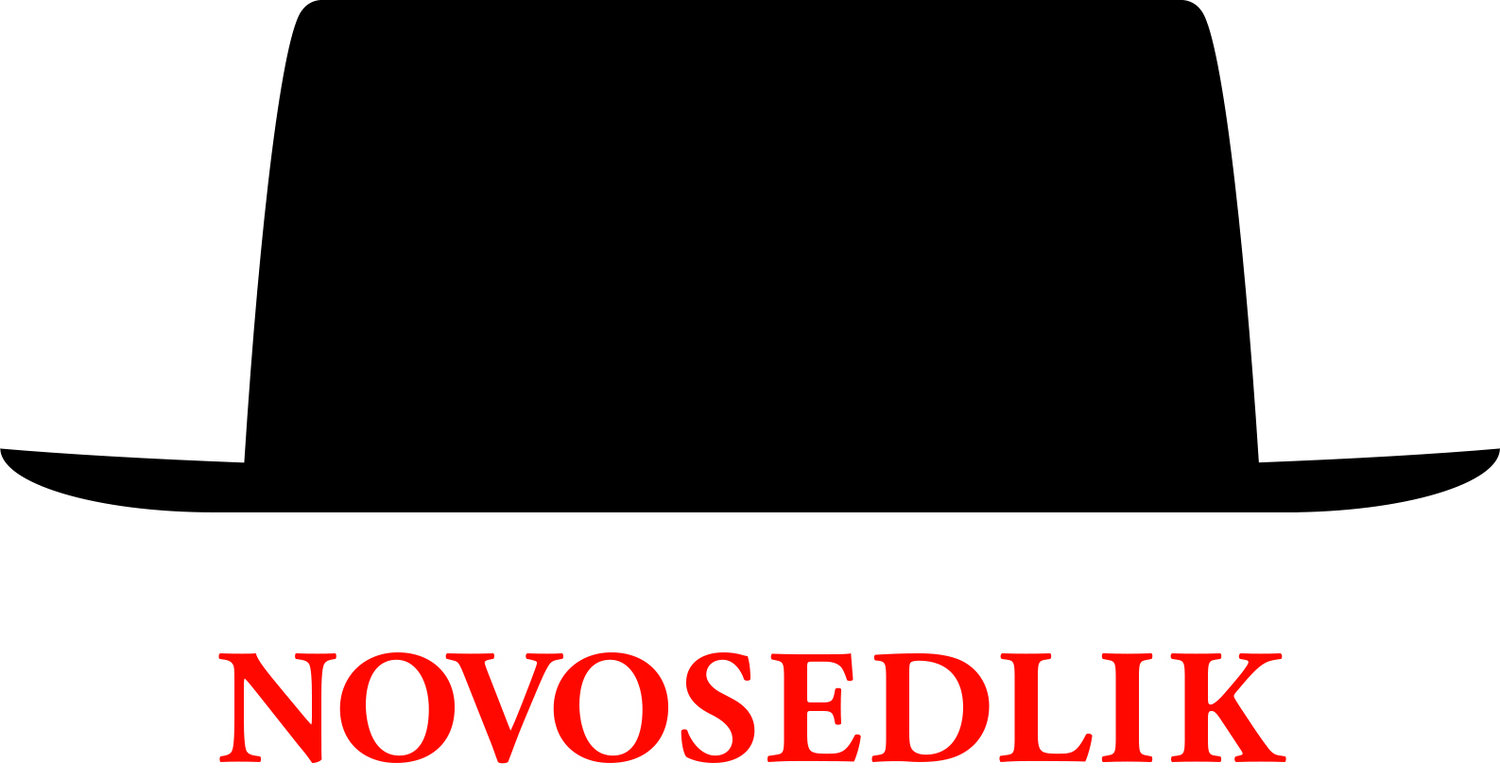Trans and Brands: Part II
Bud Light doubles down on support of LGBTQIA+
By Will and Aria Novosedlik
Originally published in Applied Arts Magazine, July 11, 2023
3 MINUTE READ
Back in the ‘90s, it used to be fashionable among marketing wonks to say that brands did not belong to their owners; they belonged to their customers. It was a way of promoting the notion of customer centricity, and of getting brand managers to move from a transactional to a relationship-based view of their consumers.
In our last blog post, we looked at the Bud Light debacle, in which the brand’s demonstration of support for trans influencer Dylan Mulvaney triggered a backlash from the extreme right-wing/Christian nationalist/white supremacist segment of Bud’s customer base. For Bud, it meant a 30% drop in sales and the loss of its 1st place status to Miller Lite.
Despite the backlash, Bud Light doubled down on its support of Toronto Pride this year, sponsoring drag performances that sparked a ferocious online response, with comments like “They deserve to go broke” and “Go woke, go broke”. Many of those voices are still calling for Bud to formally apologize for their outreach to Dylan Mulvaney in April.
The shift from homophobia to widespread acceptance of the LGBTQIA+ community is one of the most significant cultural trends of the last 30 years. As the trend gained critical mass, brands woke up to the spending power of the global gay community – now estimated to be about US$3.7 trillion – and to the fact that, as a recent article pointed out, compared to generic ads, queer-inclusive ads can help consumers remember brands better, inspire higher-priced purchases and foster a more progressive company image. They can also increase buyer intent by 40%.
But is that changing? The big red flashing light that Bud somehow missed was that, like ‘woke’, ‘progressive’ has become a dirty word in the American body politic, just as it has in many countries around the world. For example, in the US, over 300 anti-trans bills were proposed in 2022 alone. The State of Tennessee has made public drag shows a criminal offence. In Canada, three Ottawa schools were recently targeted by a mob of anti-trans extremists. In BC, a 9 year-old girl competing in a track meet was angrily confronted by a 67 year-old man who accused her of being a boy. The war on woke seems to be gathering steam.
IKEA’s rainbow-coloured Fracta bag, introduced in 2020. All profit from sales of the bag go to LGBTQIA+ charities
Where are brands on all this? Most that have supported LGBTQIA+ have stayed the course. Pantene’s recent holiday ad highlighted the fact that 137 million Americans travel home for the holidays, while “44% of LGBTQ people feel they can’t come home as their true selves.” There was the ad for Gillette in which a dad shows his transgender son how to shave for the first time. And there was the Impossible is Nothing campaign that aired during March Madness, featuring female athletes in a nod to gender equity in sports. Target, which has experienced calls for boycotts because of its Pride-themed merchandise, has remained steadfast in its support for LGBTQIA+.
Brazilian trans volleyball pro Tifanny Abreu, sponsored by Adidas. Credit: Eurosport.it
Despite those numbers, anti-LGBTQIA+ voices, though in the minority, are amplified the most. It’s part of the conservative backlash against all the social justice gains made over the last 50 years, from the rollback of Roe v Wade to the Don’t Say Gay laws enacted in Florida to the Christian Nationalist lobby groups’ readymade anti-trans bills passed by conservative state legislators all across America. And as noted above, Canada has its own growing war on woke, from the ‘freedom Convoy’ of 2022 to the calls to boycott Hershey when a trans woman appeared on the chocolate bar’s wrappers for its International Women’s Day campaign in 2023.
More than ever before, brands are being drawn into the culture wars. So their owners have to answer the question, “who does your brand belong to?”




